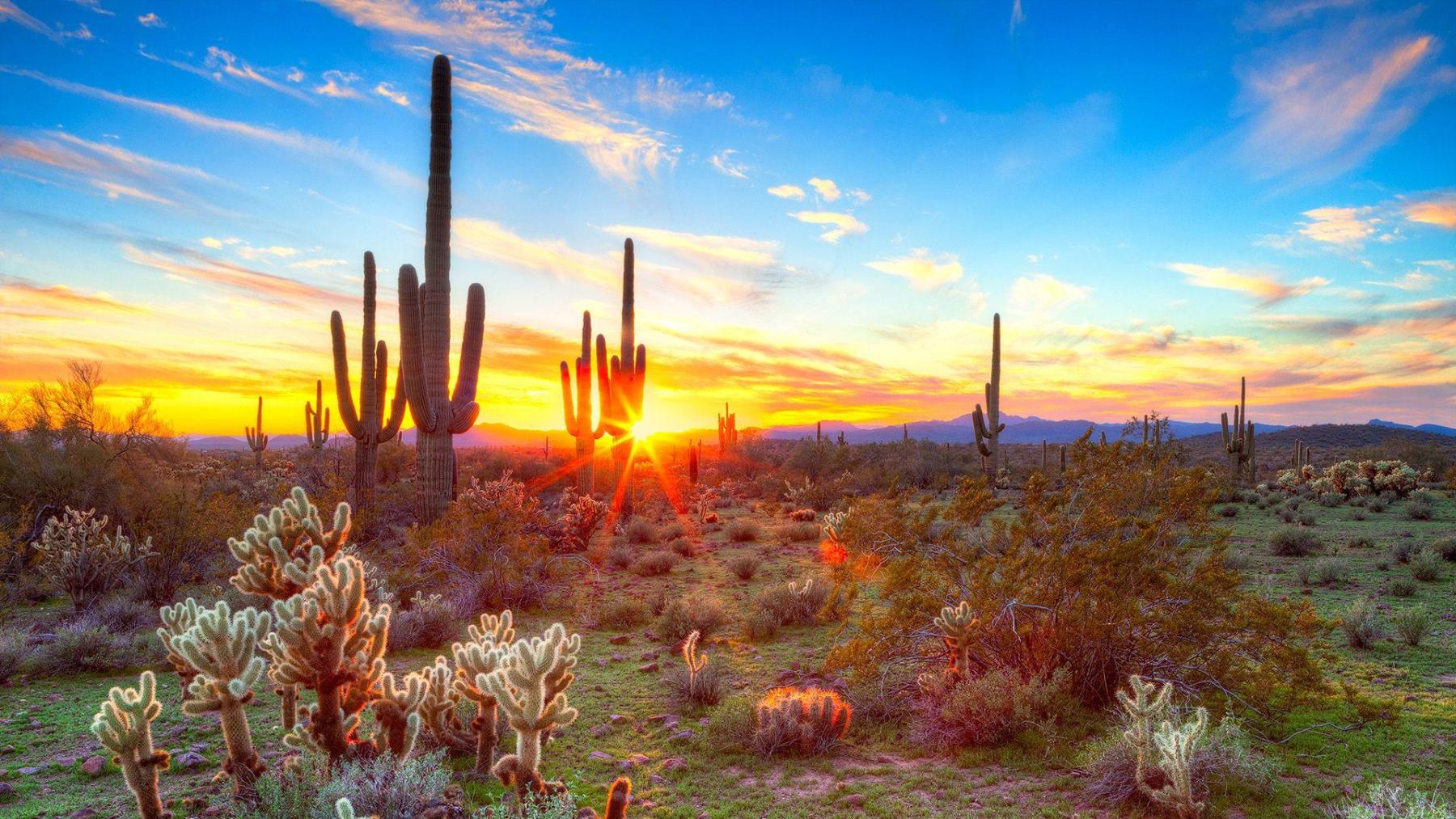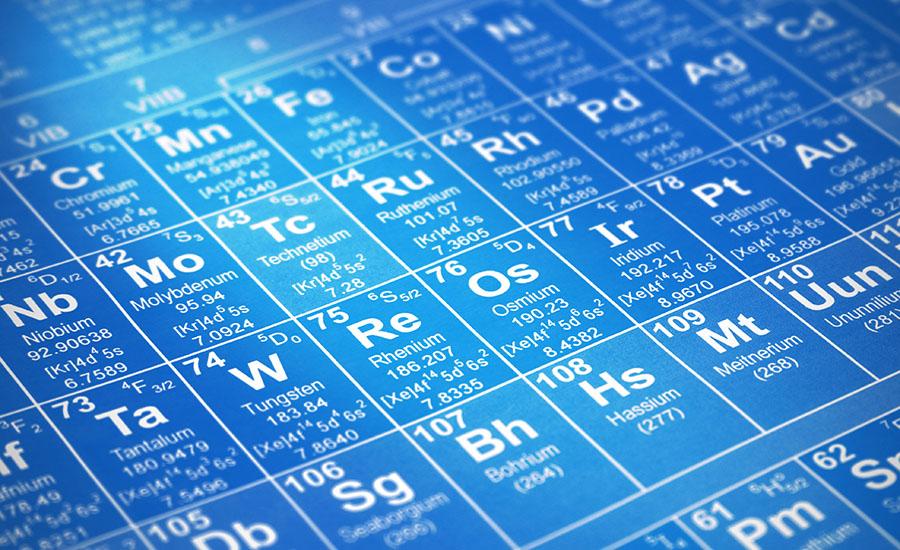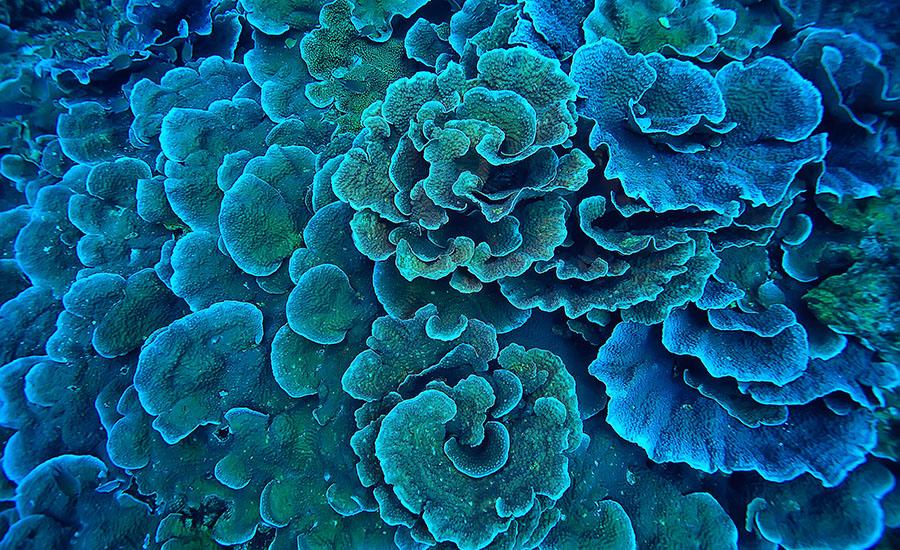
Biomimicry and Conserving Desert Resources Part 1
by Scott Milne
In this lesson, students will learn about desert plant and animal adaptations and the concept of biomimicry. Students will discuss examples of biomimicry in nature and in the real world and will explore reasons why and how society can mimic biological strategies to address needs. Students will work in groups or with partners to research a desert species and observe the form and function of specific structures in that species that have developed over the course of evolution to solve problems with conditions in desert ecosystems. Students will then design and sketch a real-world replacement of all or part of the species they chose using the principles of biomimicry.
Lesson Plan Link/URL
https://docs.google.com/presentation/d/1UKfnYRchHn8bWZzt0NlCIyqwEWvx22y4/edit?u…Related Content

Grades:
10th Grade, 11th Grade, 12th Grade
This lesson plan includes activities for a full unit on Fission and Fusion, which are included in our state science standards. Students will create models of fusion and fission using a free online

Grades:
6th Grade
To demonstrate their understanding of how energy is passed throughout an ecosystem and the symbiotic relationships of organisms within an ecosystem, students construct a food web marble run. This

Grades:
6th Grade, 7th Grade, 8th Grade
In this hands-on lesson, students will consider what they think about several different closed systems. Then students will design and carry out investigations of living things to inform their closed